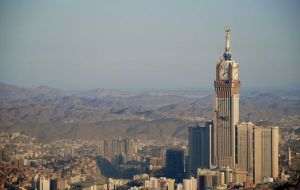• In the 2011 fiscal year, the US deficit is scheduled to drop to 8.3% of the GDP, from 10.6% this year
Yesterday, American president Barack Obama proposed a $3.8 trillion draft budget plan for the 2011 fiscal year, up slightly from the this year"s current budget. The budget for the October 2010 - September 2011 period has been increased by 3% over the one for 2010, which is estimated at 3,721 billion dollars.
The new budget, which will be put up for vote in Congress, is suppose to lower the US deficit by raising taxes and cutting spending. The US deficit for 2011 is expected to be reduced to USD 1,270 billion (8.3% of the GDP), from a record USD1.600 billion (10.6% of the GDP) expected in 2010. The deficit for 2012 is expected to reach USD 828 billion.
In order to cut budget deficit, Obama decided to scrap plans to send a new crew of astronauts to the Moon.
"We"re trying to accomplish a soft landing in terms of our fiscal trajectory," Peter Orszag, director of the White House Office of Management and Budget, said in a briefing.
Over the course of the next three years, Barack Obama will try to freeze non-security and social welfare programs, which would deliver another $249bn in savings over 10 years.
The Obama administration set aside $100bn in tax exemptions which are intended to help small businesses, as well as for clean energy and infrastructure, with fiscal tightening to begin next year.
Mr Orszag said the administration intended to phase in its deficit-cutting plans with a steady reduction each year.
"The worst thing we could do is act too quickly and throw the economy back into recession. But we do need to be starting, and so that"s why you see this selective approach where we are beginning the process in certain components of the budget."
Once economic growth resumes, the administration expects fiscal revenues to increase 19% in 2011, to USD 2.567 billion.
According to the budget draft, the US expects to raise about USD 800 billion by raising taxes for households earning more than USD 250,000/year, as well as for banks which received state aid during the financial crisis, as well as the oil, gas and coal industry.


















































